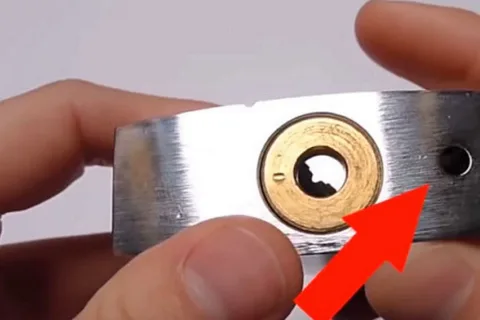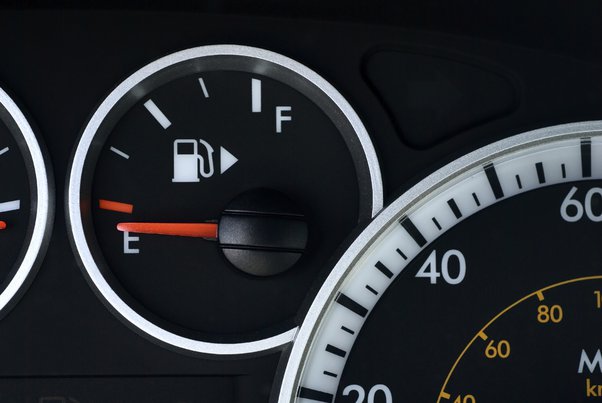What is the small hole at the bottom of a padlock for?
Have you ever noticed the small hole at the bottom of a padlock? This tiny feature actually serves a very important purpose. Padlocks are commonly used to secure bikes, sheds, toolboxes, and gates.
They’re designed to withstand weather and attempts to break them, but they can rust from water exposure. The small hole at the bottom lets water escape, preventing rust and extending the padlock’s life.

Padlocks are essential for keeping belongings safe, but the little hole at the bottom has another use too. If a padlock gets stuck and won’t open, you can lubricate it through this hole to help it pop open. This simple design feature can save you a lot of frustration.
While padlocks with the tiny hole have been useful, there are also weatherproof padlocks available now. These are designed to withstand the elements without rusting, offering another great option for keeping your belongings safe year-round.
Interestingly, padlocks aren’t the only items with hidden features that make life easier. Here are a few more examples:

Screwdrivers as Wrenches—Mechanics often struggle to reach tight spaces when working on cars. Many don’t know that screwdrivers can be slid into a wrench, helping to reach those small, hard-to-access areas.
Color Swatches on Clothes—Clothing sometimes comes with a small piece of fabric called a color swatch. This can be used to test how laundry soap affects the color of the fabric or to find matching fabric or thread if the clothing gets damaged.
Brass Doorknobs—Brass is naturally anti-bacterial, which is why it’s used for doorknobs, stair railings, and even some padlocks. This helps reduce the spread of germs in places that are frequently touched.

Gas Tank Indicators—Ever forget which side of the car your gas tank is on? Most cars have a small triangle near the gas gauge pointing to the correct side. It’s a simple reminder that’s incredibly useful.
Heinz 57 Logo—The famous Heinz 57 logo on ketchup bottles isn’t just for decoration. It also shows you where to tap the bottle to make the ketchup flow more easily.
These hidden features are just a few examples of how everyday items are designed to make our lives easier and more convenient. Next time you use one of these items, you’ll know the clever secrets behind their designs.





